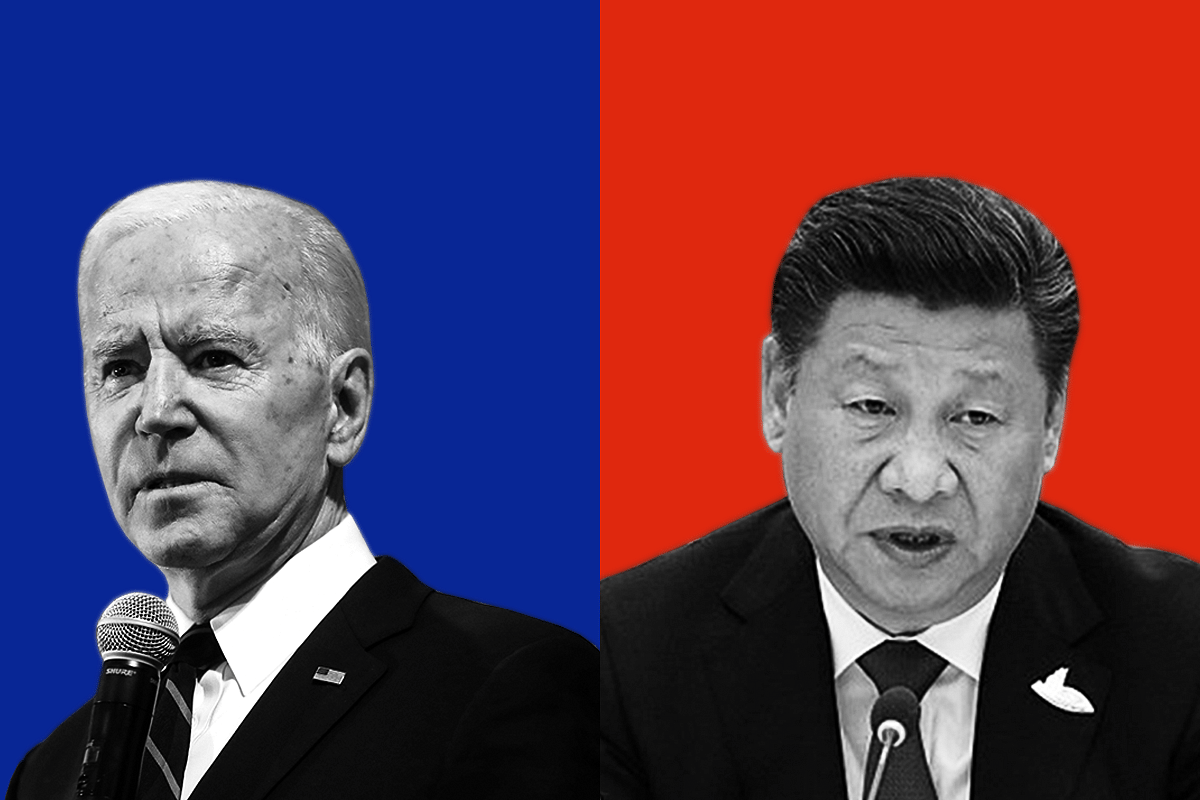World
US Export Controls Are Hammering China’s Semiconductor Expansion Plans
- Close to 150 billion Yuan were allocated to the chip industry, for the first phase alone. However, with the new export controls, an uphill task awaits the Xi regime and their chip ambitions.

Joe Biden (left) and Xi Jinping (Representative Image).
The export controls for semiconductors announced by the White House since September 2022 are now beginning to hurt China’s manufacturing ambitions.
As per reports, major Chinese chipmakers are now putting their expansion plans on hold, citing unavailability of manufacturing equipment and other required technologies.
For instance, Yangtze Memory Technologies was to start production at its second plant in 2022, but is facing delays. The Biden administration had added China's top memory chipmaker Yangtze Memory Technologies (YMTC) and 30 other Chinese entities to a so-called ‘unverified’ trade list.
In Washington, some senators were pushing for investigations against Apple for their deal with YMTC in September 2022. YMTC was to supply 3D NAND memory chips to Apple. The latter, however, was forced to reassess the decision, given the pressure from the senators, and also citing YMTC’s closeness to the Chinese government.
YMTC was also a supplier to Huawei, and therefore, it was against the export controls announced during the Trump administration in 2020.
YMTC was aiming to get a second factory rolling in 2022, hoping to be a supplier for Apple before the restrictions kicked in. The cost of the second plant was estimated at $15 billion. YMTC is also in the process of cutting jobs now.
Another company bearing the brunt of the export controls is ChangXin Memory Technologies, that is making DRAM chips using advanced technology.
As per a report in Asia Nikkei, CXMT was planning a second plant, like YMTC, but they are facing significant delays in the construction itself. The operations, as per the report, may be delayed to 2025 instead of 2023.
In the past six months alone, NAURA Technology Group has lost 23 per cent of its value. Another key company, Hwatsing Technology group, is down by 20 per cent.
China’s SMIC has also been on the decline for a year now, by 17 per cent. To make matters worse, even global giants are now beginning to desert China.
Lam Research, Applied Materials, and KLA Corporation, critical players in the semiconductor production process, have already halted their sales and other supplies to China.
ASML, engaged in chip making equipment, has told its staff in the United States to halt their trade with Chinese customers as they study the sanctions.
Thus, the cost of these restrictions will be felt by Chinese chipmakers, especially those working on cutting-edge technologies for next generation computing.
For instance, the latest Androids and iPhones, gaming laptops, Macbooks, and other high-end devices, all use semiconductors in the 5-10 nanometre spectrum.
The Chinese government, under President Xi Jinping, had announced the ‘Make In China 2025’ mission in 2015, setting aside big funds for advanced manufacturing.
Close to 150 billion Yuan were allocated to the chip industry, for the first phase alone. However, with the new export controls, an uphill task awaits the Xi regime and their chip ambitions.
Support Swarajya's 50 Ground Reports Project & Sponsor A Story
Every general election Swarajya does a 50 ground reports project.
Aimed only at serious readers and those who appreciate the nuances of political undercurrents, the project provides a sense of India's electoral landscape. As you know, these reports are produced after considerable investment of travel, time and effort on the ground.
This time too we've kicked off the project in style and have covered over 30 constituencies already. If you're someone who appreciates such work and have enjoyed our coverage please consider sponsoring a ground report for just Rs 2999 to Rs 19,999 - it goes a long way in helping us produce more quality reportage.
You can also back this project by becoming a subscriber for as little as Rs 999 - so do click on this links and choose a plan that suits you and back us.
Click below to contribute.
Latest